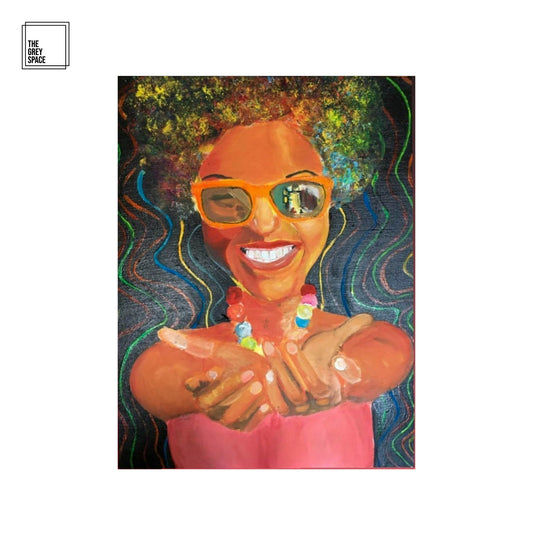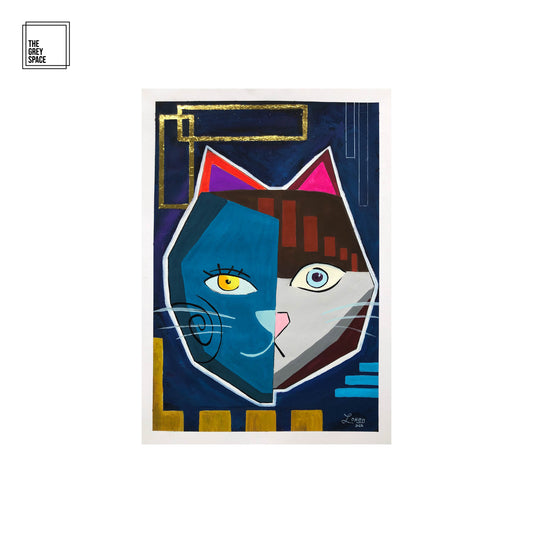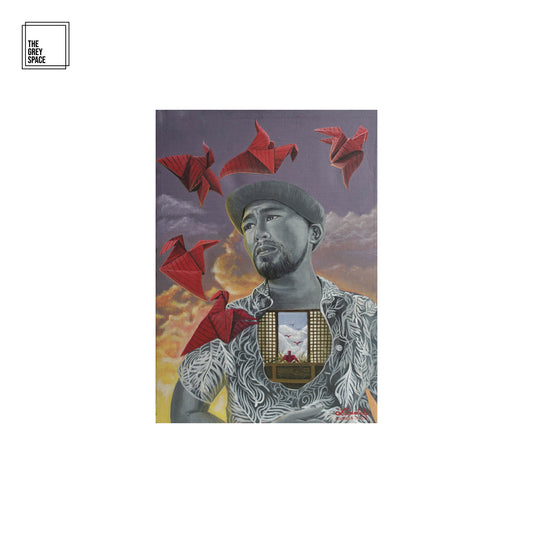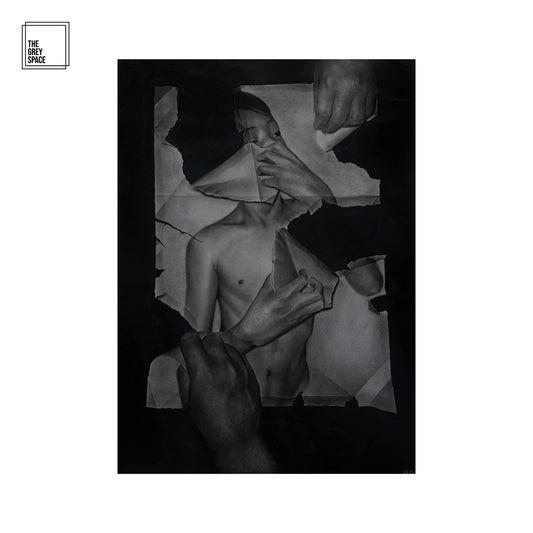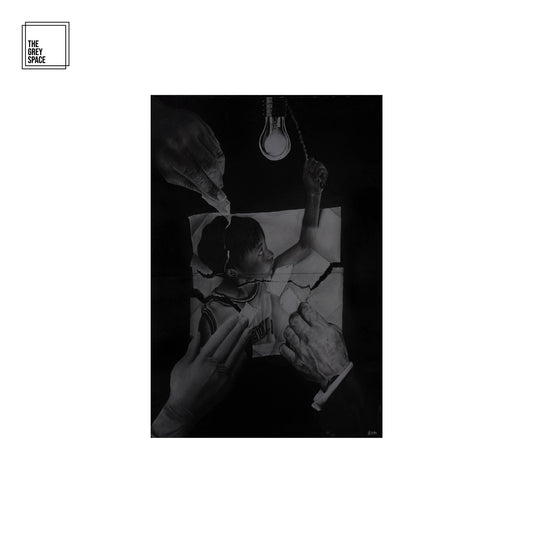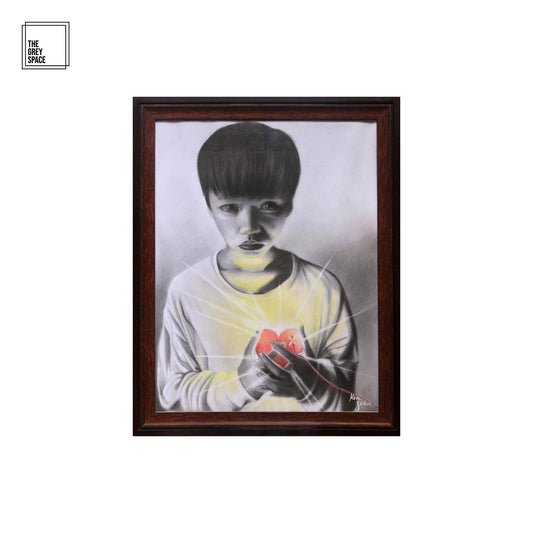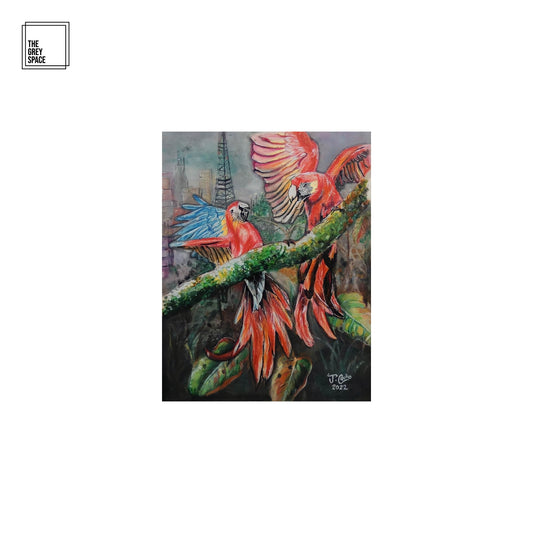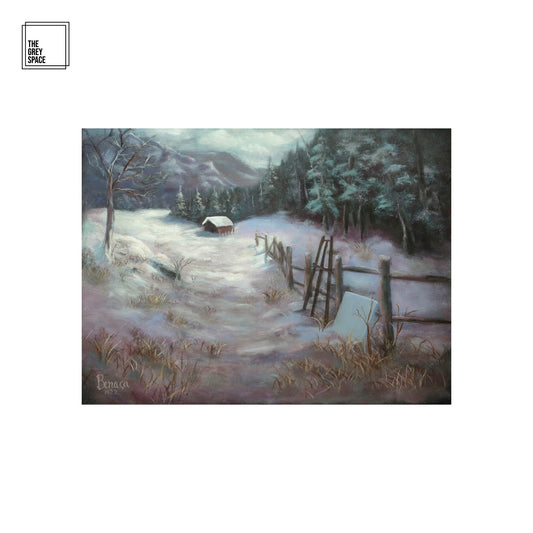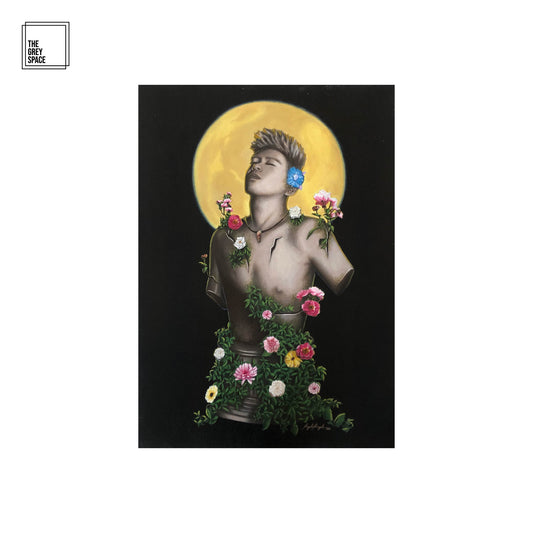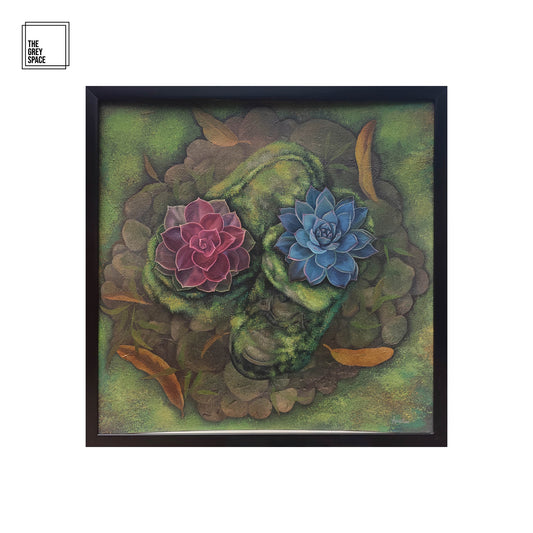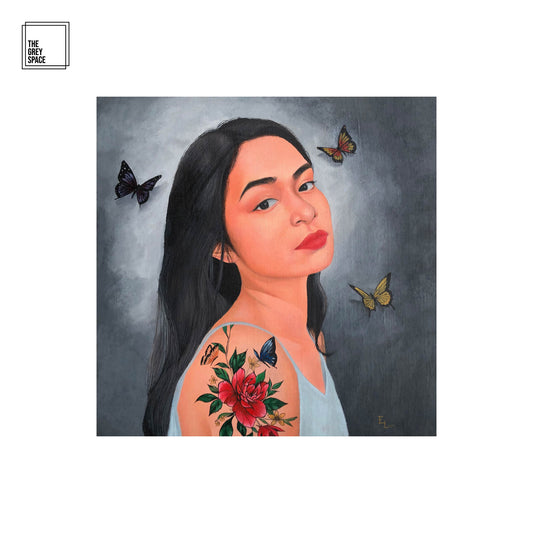
Earth… Us… But hang on aren’t we part of the Earth? We’re organic creatures, made of the same molecules as everything else on our planet one interconnected ecosystem that keeps us all alive. But are we superior? Different? Or special? Why do we so often feel, well separate from the earth? In fact, not everyone does.
Throughout human history, lots of cultures have viewed their relationship to the Earth in other ways. Many still do. Animism, the belief that spirits infuse objects, nature and the whole of existence is the fundamental principle of many indigenous societies. In Taoism, cosmic energy or life force is everywhere and is constantly seeking harmony and balance between all things. Ancient Andean civilization placed the spirit of Pachamama, or Mother Earth, at the very center of their worldview.
Since the birth of agriculture, humans had been manipulating the world around them, harnessing, dividing, and selling its natural resources. But under colonization, the Earth become a place to be conquered, dominated, farmed, fished, plundered, and mined, on a vast scale. Was there any scientific thinking behind our ever-increasing control over the natural world? 17th Century Europe thought so. In fact, thought was all the rage then, a French philosopher Rene Descartes, and others like Sir Isaac Newton, helped to kick off the Enlightenment an era that prized reasoning, science, and order. A new view of the world emerged with human beings as the thinking, rational, masters, and nature as our unthinking unfeeling servant. Standing apart from her human investigated nature’s ultimate questions, dissecting her into smaller and smaller pieces. This brought us great power. And the great power comes great responsibility.
The Anthropocene Age had begun an epoch defined by one dominant species, us. On a planet that is billions of years old, in just 500 years much of the human race has come to see itself as the ruler and center of all life. Today, we are still trying to bend the planet’s environment, processes, and biodiversity to our will. Our vast, sprawling cities have pushed nature out of sight and out of mind. The world is attempting to meet the urgent challenge of climate change. But can anything fundamentally change while we see ourselves as somehow separate from Earth?
In an interconnected world can we humans find ways to truly reconnect to all life on the planet? A new era might start with one single idea. There is no Earth and us. We are one. And thus, the Divergence in what the artist group Parola Artists Group in Tanay, Rizal saw in their work often inclined toward nature. The artworks by Angela Brazal, Elmer Rivas, Jie Adamat, JB Ortiz, Jonabelle Cacho, Khriza Pantaleon, Loren Panuncio, and Jeremy Benasa show the connection thru their creation. Whereas the work of Kenneth Salen, Arman Bautista, and Geraldine Tonito express their melancholy on human life. As Marc Chagall quoted “Great art picks up where natures end”, he meant that all art is merely a branch that owes its roots to the beauty of the Earth.

